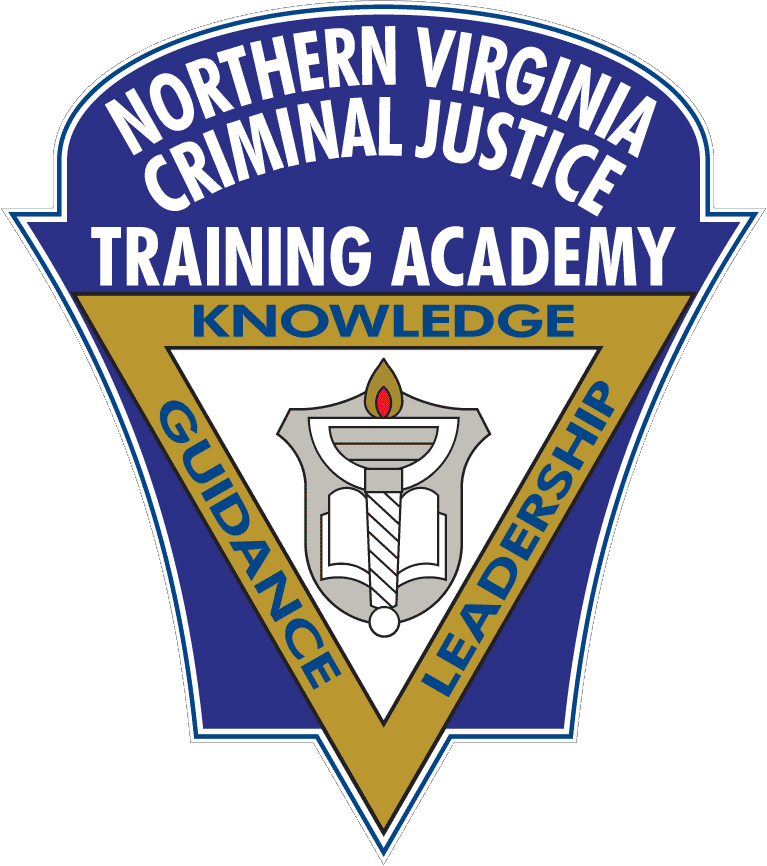
Northern Virginia Criminal Justice Academy
A Nationally Accredited Law Enforcement Training Academy
Job Announcement
General instructor - Basic Training
Click here for more information

Control Tactics Instructors Course
Course length
40 hours
About the course
Physical Fitness Requirements: Due to the nature of this course anyone attending the Control tactics Instructors course are required to be of average to above average in physical fitness.
The Control Tactics Instructor Course Objectives are to produce an instructor who can:
• Perform all integrated methods and procedures competently
• Serve as a model for trainees to emulate
• Make legally correct use of force and tactics related decisions adapting to given situational contexts.
• Instruct via discussion, presentation, basic practice, and simulation safely, in and effectively
• Assess performance through the following assessments: Written testing, Elementary Performance Testing, Situational (Simulation) Testing
Enabling Objectives include:
• Principles of Control
Justified Use of Force in Decision Making, Physics of Force and Body Mechanics, Psychology of Confrontation, Relationships Between Timelines, Tactics, and Use of Force
• Assailant Control
Stopping and Escaping from Close Proximity Weaponless Attacks, Ground (fighting) tactics, Use of OC, Team Assailant Control, Assailant Control Simulations
• Resister Control
Controlling Active and Passive Resisters, Emergency Handcuffing, Team Resister Control, Resister Control Simulations, Use of the hobble
• Cooperative Subject Control
"SPEEDCUFFING" (The original handcuffing and cooperative subject control system by its
originators), Team Cooperative Subject Control Operations, Use of Verbal Control Skills
• Weapon Control (Firearms, Knives & Levers)
Weapon Disarming, Weapon Defense (Retention)
• Extendible, Straight, and Side-Handle Baton Use and Tactics
Extendible Baton Tactics and Simulations, Straight Baton Tactics (for those whose agencies use them), Side-Handle Baton Tactics (for those whose agencies use them)
• Control Instruments
Holding Subjects, Breaking Subject Holds, Searching
• Tactical Simulation Training
Team Movement and Tactics & Area Clearing, Decision Making and Appropriate Use of All Learned Procedures, Integration with Firearms Training, Integration of All Methods Taught with Situational Requirements, Providing Security and Coordination During Use of Force Related Events, Use of the Flashlight During Use of Force Related Events
• Psychomotor Skill Instruction
Vicarious Liability for the Agency / Officer, Psychomotor Skill Instructional Methodology, Coaching and Making Corrections, Injury Prevention, Instructor Duties and Safety, Injury Evaluation and Standards of Care, Elementary Performance & Situational Testing
• Simulation design and development
Evaluation job task requirements, Instructor and equipment management, Conducting Safe Meaningful Situational Training, Assessing simulation performance